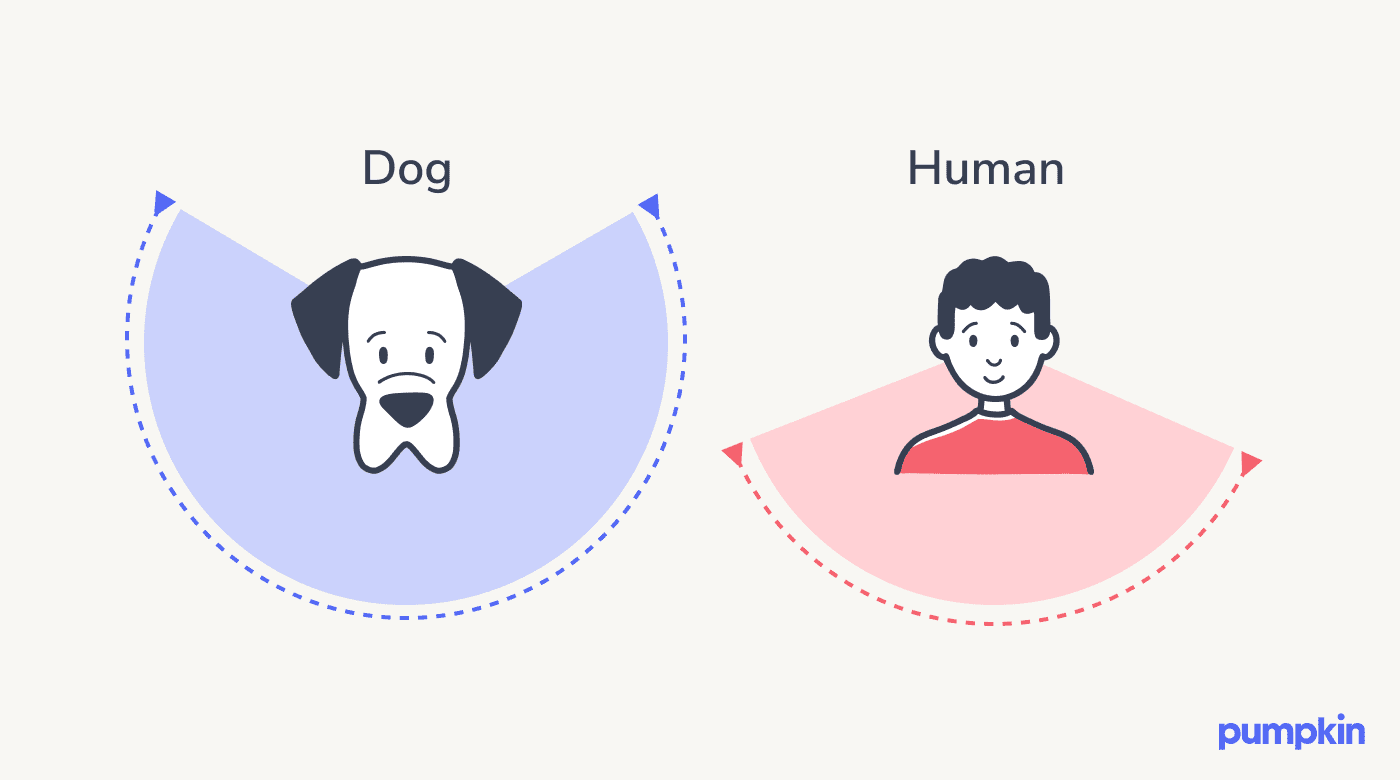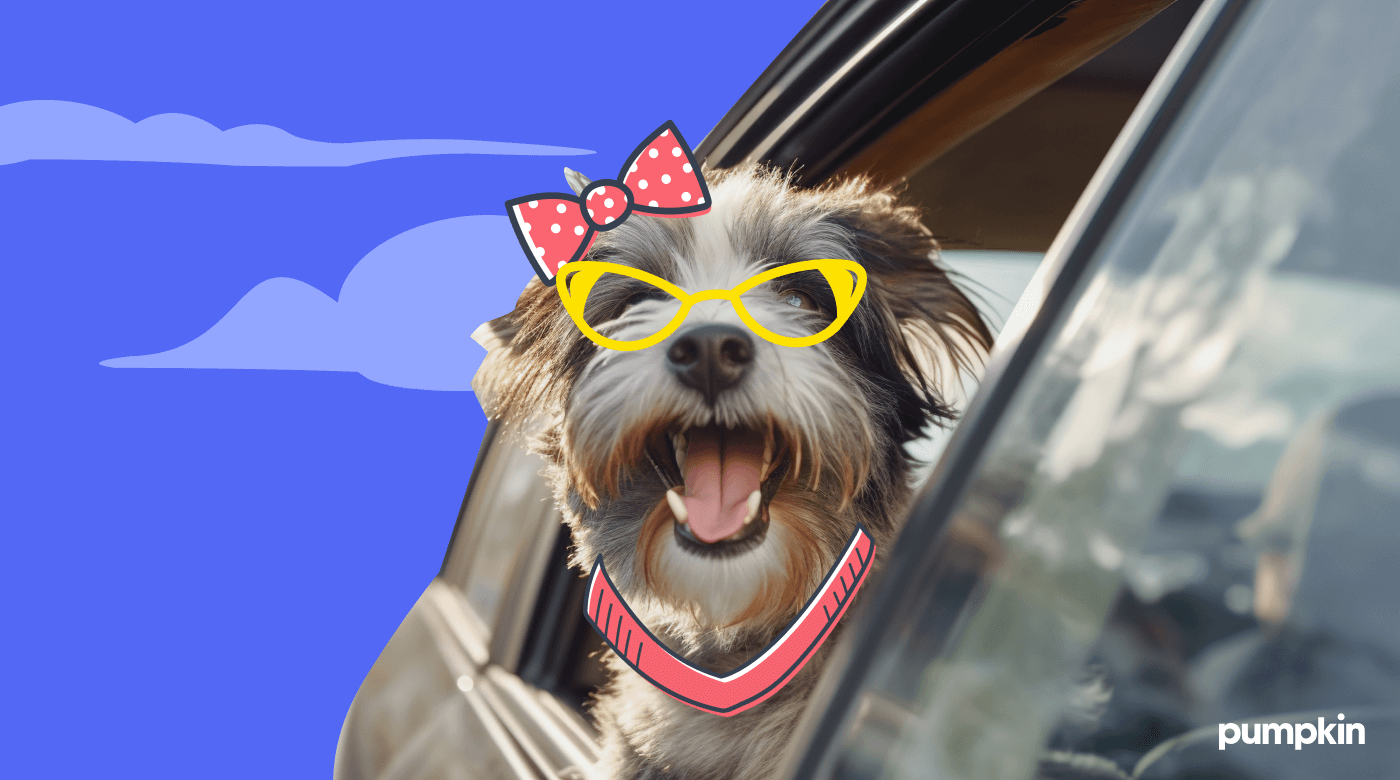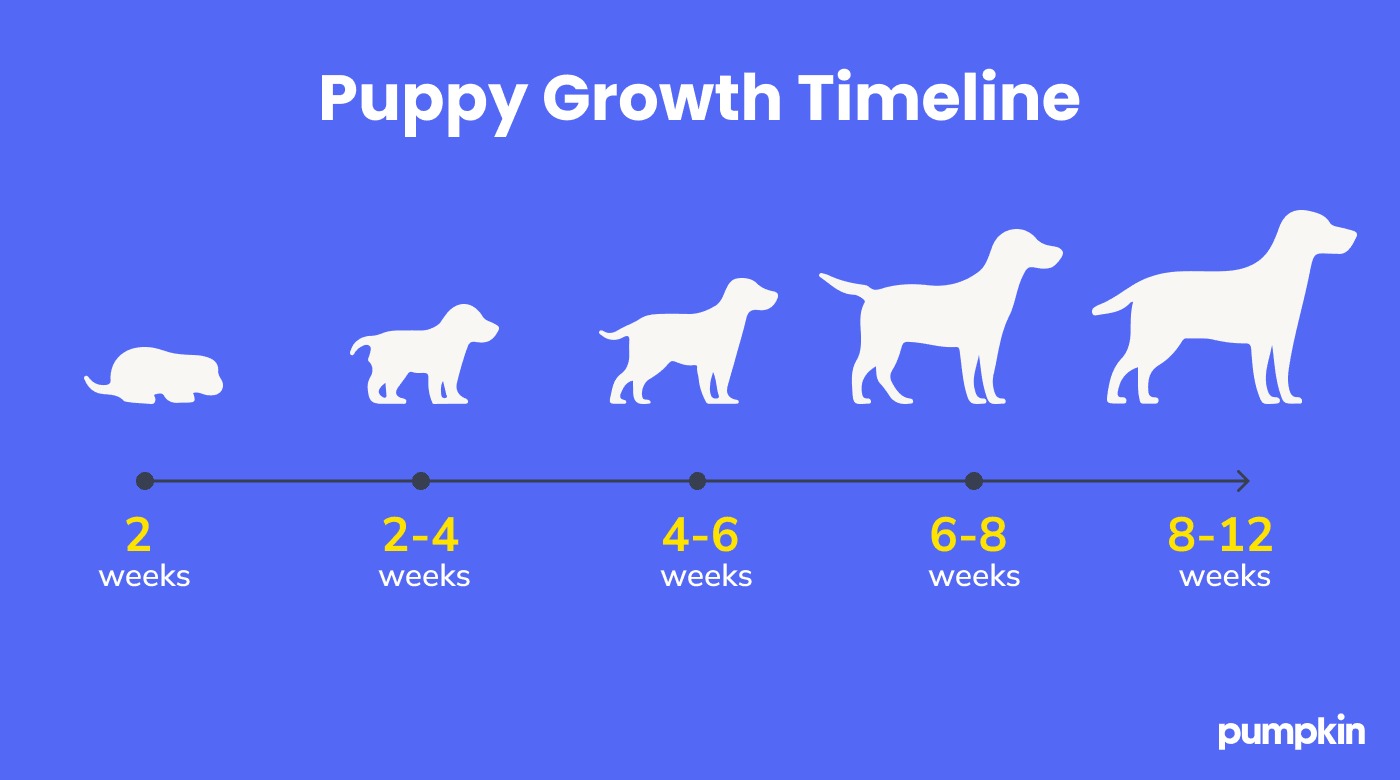Key points
- Puppies usually open their eyes by day 10 and show their true eye color by week 10.
- When puppies begin to see, their vision is blurry. They’re not completely colorblind – they see blue and yellow and have great night vision.
- Keep your puppy’s eyes healthy by cleaning them often and feeding them well. Watch out for swelling or any odd discharge. When in doubt, do your research on new puppy care or see a vet.
Every pet parent remembers the moment when they first laid eyes on their new best friend. For some pet parents, that was when their pup was a teeny eyes-closed newborn. We’ve all seen adorable photos of snuggling puppies, and you may have wondered – when exactly will those tiny eyes open?
In the world of pet parenting, few moments are as eagerly anticipated as the day your puppy’s eyes finally reveal themselves. It’s a magical step in their development. Whether you’re a seasoned pet parent pro or a discerning beginner, understanding your puppy’s eye development can help you provide the best care.
In this article, we’ll guide you through the full timeline for puppy eye-opening.
When do puppies open their eyes?
Dive into the fascinating world of puppy development, and you’ll quickly realize that the opening of puppy peepers is quite the spectacle. According to petMD, puppies start to open their eyes around the 10-day mark. However, don’t expect to see their true eye colors just yet. These initial blue-gray hues are just the prelude to their genuine color, which will shine through at about 10 weeks of age.
In the span of their first eight weeks, before they can head to new forever homes, puppies undergo tremendous growth, hitting several key milestones. Alongside developing their permanent eyeshade, their personalities begin to shine, too. Puppies might demonstrate curiosity, playfulness, and a growing bond with their littermates as they explore their surroundings.
Unless you are raising newborn puppies, you may not get to see these early weeks of life in person, but if you do, they can offer a glimpse into the unique character of the puppy who will come into your home.
What do newborn puppies see when they open their eyes?
When newborn puppies first open their eyes, their world isn’t a vivid landscape like ours. Instead, it’s more like a fuzzy, slightly blurry snapshot. It’s like watching your favorite TV show through a steamy shower door — you catch the gist, but the details are a bit foggy.
This fledgling vision deeply influences how your fur kids navigate and interact with their surroundings. For new pet parents, it’s a delight to unearth the nuances of puppy vision.

One common myth? That puppies (and dogs) are completely colorblind. Let’s set the record straight. While puppies may not share the same color spectrum as us, they can see blues and yellows. And because of the differences in our eyes, they have a night vision advantage. With more rods in their tiny eyes, they have stellar vision in low light.
But have you ever been baffled when your pup misses that treat in front of them, yet zaps towards a flying toy? Even as an adult, their eyes are on movement, not details. Nothing to worry about though; it’s all a normal part of their hunter genes. While your puppy might not see the world in high-definition just yet, they’ve got your scent and your love guiding them through this adventure.
What should you expect from 2-week-old puppies, and how do you care for them?
If you’re caring for a litter of 2-week-old furballs, we’re incredibly jealous as it’s such a special time to be around puppies.
In their second week, puppies undergo exciting changes. Physically, they’ll be wriggling around more, though they’re still pretty wobbly. It’s a big world they’re experiencing for the very first time, and they’ll want to test their awakened senses by crawling around as much as they can. Expect a whole lot of sleeping, snuggling, and chugging mom’s milk.
Let’s talk eyes again. Puppies start life with their eyes shut. But by weeks one or two, those little peepers should begin to open. Got a stubborn pair of eyelids? Don’t panic! Sometimes nature needs a nudge. Check out this guidance from VCA Animal Hospitals: If you notice swelling, bulging, or any “yucky” discharge, try a gentle massage with a warm, damp cotton ball.
Important note: Pus in a puppy’s eyes means you need to take a trip to the vet. The pus means that the swelling is from an infection, and we want to get your puppy checked by a vet ASAP.

What should you expect from puppies after 2 weeks, and how can you care for them?
Navigating the world with your puppy after the two-week mark is an exhilarating journey and a crucial period. As furry bundles of joy gradually morph into their unique selves, there are many changes to anticipate and steps to ensure their well-being. Here are a few helpful things to know about caring for 2-week-old puppies and beyond:
The puppy chronicles: 2 weeks & beyond
- Eyesight: While a puppy’s initial vision might be a tad hazy, it sharpens as the days roll by, preparing them for all the mischief and marvels ahead.
- Behavior: Say goodbye to the mostly dormant newborns. Your puppies are now tiptoeing (and squirming and stumbling) into a realm of increased mobility and curiosity. Their personalities begin to shine through with tiny barks, tail wags, and playful tumbles.
- Physical Appearance: Those baby coats start taking on a denser, more defined form. Depending on the breed, you might even notice the beginning of specific markings, color changes, or the growth of their baby teeth.
Care tips for puppies as they grow
- Gentle playtime: Although they’re now more alert and playful, ensure their play is gentle. After all, those little limbs are still developing.
- Safety first: Puppy-proof your home. As their curiosity knows no bounds, ensure they have a safe environment to explore, free from potential hazards.
- Nourishment needs: If mom’s around, her milk is still the primary food source. However, around the 4-week mark, consider introducing them to high-quality puppy food.
- Regular veterinary care: Keep tabs on their health with regular visits to a trusted veterinarian. From vaccinations to general well-being, a vet’s expertise is critical in their early weeks.
So, as you dive deep into the puppy phase beyond two weeks, strap in for an adventure filled with wagging tails, puppy breath, and boundless love.
What are some common misconceptions about a puppy’s eyesight?
If you’ve ever wondered how your puppy views the world, you’re not alone. The subject of canine vision is surrounded by a litter of misconceptions. Let’s demystify some of the most common myths about puppy eyesight:
- Puppy vision = adult dog vision? Not quite. Just like human babies, a puppy’s vision develops over time. They don’t immediately see the world as an adult dog might. Their world takes time to come into focus.
- A rainbow of colors? While many believe puppies (and dogs) see the world in full color just like we do, that’s a colorful misunderstanding. And it’s not true that they only see black and white, either. According to Vetinfo, dogs have dichromatic vision, meaning they primarily detect shades of yellow and blue. In contrast, humans enjoy trichromatic vision, letting us see more of the light’s spectrum. So, do colors matter to our four-legged pals? If it’s red, probably not. If it’s blue or yellow, they can see it.
- The brighter the light, the better? Contrary to popular belief, puppies don’t necessarily require bright lights. Their eyes can be sensitive to bright light, especially during their developmental stages.
- Eyes that don’t need any TLC? Some pet parents may not be aware that their pups need eye care. But every pup needs a glance-over for potential eye issues. This is especially true in the early weeks of life, to ensure those peepers stay in tip-top shape as they grow.
Whether our puppies see the world in sepia, technicolor, or something in between, they sure have a knack for bringing color to our lives!

When is the most critical time for puppies?
Puppies undergo remarkable changes during early puppyhood. But amidst the early stages, the initial weeks post-birth are the most transformative. It’s when they’re most vulnerable, needing warmth, sustenance, and a watchful eye for any health hiccups.
These early days set the tone for the future health and well-being of your newborn puppies. Want to be the best puppy parent on the block? Dive deep and equip yourself with expert tips and strategies for caring for your newborn puppy.
How can you properly care for your puppy’s eyes?
With regular checks and the right guidance, you can ensure your puppy’s eyes remain as vibrant as their spirit.
Maintain eye cleanliness
Practicing daily or weekly hygiene routines can fend off many common eye conditions. Gently wipe away any debris or discharge from the corner of their eyes with a soft, damp cloth, and always ensure their face and eyes remain free from long hair. Dogs are susceptible to many eye health conditions, ranging from conjunctivitis and dry eye to cataracts and glaucoma. Prompt identification and treatment of these conditions are paramount. While we, as doting pet parents, aren’t equipped to diagnose these conditions, we can certainly be on the lookout for symptoms worthy of a vet visit.
Learn to spot early signs of eye issues
If your pup starts blinking or squinting more than usual, shows redness, has tearing, or exhibits a yellow or green discharge, it’s time for a vet check. Other signs include cloudiness, running into things, poor balance, confusion, or a noticeable sensitivity to light.
Gently socialize puppies as they begin to see
As their eyes start to open, these little ones will begin to perceive shapes, shadows, and perhaps even the faces of their littermates. Encourage gentle interactions within their cozy nest to introduce them to their siblings and human touch.
What happens if your puppy’s eyes remain closed?
Those anticipating the moment their puppy opens its eyes for the first time might sometimes be met with a surprise — they remain shut. Don’t fret; there may be a few reasons behind this.
On the one hand, it might just be harmlessly delayed. Some pups are early bloomers, while others take their sweet time. It’s like waiting for a flower to unfurl its petals — it happens when it’s ready.
On the other hand, there may also be potential health concerns lurking. If those lids are staying stubbornly shut and you notice other concerning signs like swelling, bulging, or yucky discharge, it’s time to call the vet. Pus is a clear sign something is wrong and your puppy may need treatment.
Remember, every puppy’s journey is unique, and sometimes they need a little extra time or a helping hand. Keep an eye on those peepers, and don’t forget to savor every moment of puppy snuggles while you wait for the grand debut of your puppy’s eyes.
- https://www.petmd.com/dog/slideshows/12-fascinating-facts-you-didnt-know-about-newborn-puppies
- https://www.akc.org/expert-advice/health/puppy-senses/
- https://vcahospitals.com/know-your-pet/breeding-for-dog-owners-caring-from-birth-to-weaning
- https://www.vetinfo.com/dogsee.html
- https://www.petsecure.com.au/pet-care/caring-for-your-dogs-eye-health/




